When you’re behind the wheel of an Iveco, it’s important to understand what your vehicle is trying to communicate.
One signal that can cause confusion is the EDC Light on Iveco — but don’t worry! This guide will explain its meaning, common causes and how to fix it.
The EDC light on an Iveco truck is an indicator light that comes on when a fault has been detected in the engine’s Electronic Diesel Control (EDC) system. This can be caused by a variety of factors, including sensor malfunctions, fuel system issues, or electrical problems. If the EDC light comes on, it is important to have the truck scanned for fault codes to determine the cause of the problem.
By understanding these signals better, you’ll not only maintain your vehicle in top-notch condition but also ensure safer journeys on the road ahead. So let’s dive into unraveling this mystery!
Table of contents
What is an EDC Light on Iveco?
The EDC light on Iveco trucks stands for ‘Electronic Diesel Control’. This is a vital component of the vehicle’s engine management system.
The purpose of this feature is to monitor and control the fuel injection process, optimizing engine performance and efficiency.
When you see the EDC light illuminated on your Iveco dashboard, it indicates that there’s an issue with the Electronic Diesel Control. Here are some key points about the EDC light:
| EDC Light Color | Meaning |
|---|---|
| Orange | Indicates minor issues such as sensor malfunctions |
| Red | Signals serious problems like overheating or low oil pressure |
Remember these steps if your truck’s EDC light comes on:
Note: Always refer to your vehicle’s manual for specific information related to your model.
Understanding the Meaning of EDC Light:

EDC stands for Electronic Diesel Control. This light on your Iveco dashboard is a critical indicator of potential issues with your engine management system.
The main points to note about the EDC light:
- It’s usually represented by an amber or yellow warning sign.
- The illumination indicates that there may be a problem related to fuel supply, air intake, or engine errors.
- Ignoring it can lead to serious engine damage.
When you see this light, consider these three possibilities:
| Possible Cause | Potential Solution |
|---|---|
| Fuel Supply Issue | Refuel and check for leaks |
| Air Intake Problem | Inspect and clean air intake system |
| Engine Error | Consult with professional mechanic |
Bear in mind that if any action doesn’t resolve the issue and turn off the EDC light, it’s recommended that you get your vehicle checked by professionals as soon as possible!
Watch this video to learn more about this problem and get fixed:
Common Causes for EDC Light on Iveco:
There are various reasons why the EDC light may illuminate on your Iveco vehicle. Here’s a quick rundown:
It’s worth noting that these aren’t exhaustive causes; other factors like sensor problems and wiring defects can also come into play.
Here’s how these issues stack up:
| Cause | Solution |
|---|---|
| Faulty Fuel Filter | Replace with a new one |
| Issues with Injectors | Get them checked and replaced if needed |
| Alternator Problems | Ensure it is delivering proper voltage |
| Battery Issues | Check its condition regularly / replace when necessary |
Remember, ignoring the EDC light can lead to serious engine damage. So always consult with a professional mechanic if you’re unsure about troubleshooting any of these potential problems yourself.
Diagnostic Steps for EDC Light Issues:

1. Visual Inspection
- Check the dashboard light.
- If it’s blinking, you might have a serious issue.
- A steady light indicates a less severe problem.
2. Error Code Reading
- Use an OBD-II scanner to read fault codes from your Iveco’s ECU (Electronic Control Unit).
- Common error codes include: Code Meaning P0200 Injector Circuit Malfunction P0335 Crankshaft Position Sensor ‘A’ Circuit Malfunction
3. Component Testing

- Based on the error code, test the corresponding component(s). This could be:
- Fuel injectors
- Crankshaft position sensor
4. Voltage and Resistance Checking
- Using a multimeter, check the voltage and resistance of suspect components.
Note: Always disconnect battery before testing components.
5. Professional Diagnosis

If none of these steps resolve or identify your issue:
- Seek professional help.
- An experienced mechanic will have advanced diagnostic tools and knowledge.
Remember: Regular maintenance is key to avoiding most issues with the EDC system in your Iveco vehicle!
Checking Electrical Connections and Sensors:
When it comes to the EDC light on your Iveco, one crucial step towards diagnosis is checking the electrical connections and sensors. Here’s how:
1. Check Main Connection Points
- Inspect Battery terminals: Ensure no corrosion or loose wires.
- Look at Fuse box: Confirm none of the fuses are blown.
2. Examine Specific Sensors
Three primary sensors affect the EDC system:
- Coolant Temperature Sensor
- Throttle Position Sensor
- Rail Pressure Sensor
Inspect each for physical damage or loose connections.
| Sensor | Location |
|---|---|
| Coolant Temperature Sensor | Near radiator |
| Throttle Position Sensor | Attached to throttle body |
| Rail Pressure Sensor | On fuel rail |
3. Test with Multimeter
Use a multimeter to test sensor resistance values against manufacturer specs.
Note:
Remember, if you’re uncertain about any part of this process, consulting a professional mechanic is always recommended!
Inspecting Fuel System Components:
When the EDC light on your Iveco illuminates, it may indicate an issue with your fuel system components. Consider the following steps to diagnose and fix potential problems:
- Check Fuel Filter: The fuel filter ensures only clean fuel reaches the engine. A dirty or clogged filter can cause poor performance and potentially trigger the EDC light.
- Replace if necessary.
- Inspect Fuel Injectors: These deliver precise amounts of fuel into each cylinder for combustion.
- Check for leaks or blockages.
- Examine High-Pressure Pump: This pump builds up enough pressure to inject fuel into the cylinders at exactly the right time.
- Look out for signs of wear or damage.
- Evaluate Low-Pressure Pump: This pumps fuel from tank to high-pressure pump.
- Test whether it’s providing sufficient flow and pressure.
| Component | Problem Symptoms | Suggested Solution |
|---|---|---|
| Fuel Filter | Decreased engine performance, higher consumption. | Replace with a new one |
| Fuel Injectors | Misfires, rough idling, power loss. | Clean or replace as necessary |
| High-Pressure Pump | Difficulty starting car, power loss under load. | Professional inspection required |
| Low-Pressure Pump | Car struggles at high speeds, stalling. | Test & replace if needed |
Remember: Always consult with a professional mechanic when dealing with crucial parts of your vehicle like the fuel system!
Examining Engine Control Unit (ECU):
The Engine Control Unit, or ECU, is essentially the brain of your Iveco vehicle. It monitors and adjusts various components to ensure optimal performance. But when something goes wrong with the ECU itself, it can lead to a lit EDC light.
Identifying Issues in the ECU:
- Unexpected Shutdowns: The engine might turn off suddenly while driving.
- Poor Performance: Noticeable decrease in power and acceleration.
Common Causes for ECU Problems:
| Cause | Possible Solution |
|---|---|
| Electrical Issues | Check all connections and wires for any signs of damage |
| Software Glitches | Update/reprogramme software with help from an Iveco professional |
| Physical Damage | Replace damaged parts or entire unit if necessary |
Remember that diagnosing and fixing issues related to the ECU should ideally be handled by professionals due to its complexity. Attempting a DIY fix without relevant expertise may result in further complications.
Possible Fixes for EDC Light Problems:
When the EDC light illuminates on your Iveco, it’s an indication of a problem that needs to be addressed. Here are some possible fixes:
Here is a step-by-step guide on how you can troubleshoot:
- Start by inspecting all wiring connections.
- Use an OBD2 scanner to get diagnostic codes.
- Interpret these codes using your vehicle’s manual or online resources.
- Based on interpretation, proceed with necessary repairs (e.g., replacing injectors).
If problems persist after these steps, consider professional help as there could be complex issues at play that require expert attention.
Below is a table summarizing common causes and corresponding solutions:
| Common Causes | Solutions |
|---|---|
| Loose Wiring Connections | Tighten or Replace Wires |
| Faulty Injectors | Replace Injectors |
| Malfunctioning Fuel Pump | Replace Fuel Pump |
| Unidentified Issues (from diagnostic tool) | Consult Professional Help |
Remember: regular maintenance helps prevent unexpected occurrences of such problems!
Resetting the ECU and Clearing Fault Codes
Resetting your Iveco’s ECU (Engine Control Unit) and clearing fault codes is a straightforward process. Here’s how you can do it:
The above steps should reset your ECU and clear any existing error codes.
However, if this doesn’t work or you continue to see the EDC light on even after resetting, consider these common causes:
| Common Causes1Fuel Injection System Issues: This could be due to worn-out injectors or issues with fuel pressure2Sensor Malfunctions: Failed sensors in ABS system or engine management system might trigger the light3Electrical Problems: Damaged wiring or other electrical faults may cause this problem |
|---|
After identifying possible causes, here are some fixes:
Remember that while these tips can temporarily resolve minor problems causing the EDC light on issue, it’s best to seek professional assistance when dealing with persistent errors. Ignoring them might lead to serious mechanical problems over time.
Seeking Professional Help if Needed:
When dealing with the EDC light on your Iveco, there are instances where professional help may be necessary. Here’s why:
If you notice any of the following signs, it might be time to seek professional assistance:
- The EDC light remains on even after trying all suggested fixes.
- You don’t feel comfortable inspecting or repairing by yourself.
- The vehicle starts showing other warning lights in addition to the EDC light.
Remember that neglecting such issues could lead to serious engine damage or failure over time.
| Sign | Recommended Action |
|---|---|
| Persistent EDC Light | Schedule a visit with an auto repair service ASAP |
| Multiple Warning Lights | Get your vehicle inspected immediately |
| Uncomfortable Doing Repairs Yourself | Seek out a trusted mechanic |
Don’t hesitate when it comes to potential problems with your Iveco’s engine control system – better safe than sorry!
Conclusion and final thoughts 💭
In the world of Iveco vehicles, understanding the EDC light is crucial for maintaining optimal vehicle performance. We’ve explored its meaning, common causes triggering it, and ways to fix it effectively.
Remember that this warning indicator shouldn’t be ignored; it’s your vehicle’s way of communicating a potential problem.
Always consult with a professional mechanic if you’re unsure or uncomfortable tackling these issues yourself.
Regular maintenance and prompt attention to warning signals like the EDC light can prolong your Iveco’s life span and ensure safe driving conditions. Stay informed and keep enjoying your ride!
Latest Posts:
- Can WD-40 Remove Scratches on Cars? (Hint: Yes, but…)
- Can You Use a Drill to Polish Your Car? (We Tried it Out!)
- Should You Cover Car Scratches With Stickers? (REVEALED!)
- Buick Service Stabilitrak: (Causes & 100% Guaranteed Fix!)
- Common Holden Trax Problems (Causes & 100% Proven Fixes!)
- Jeep Commander Transmission Over Temp: (Guaranteed Fix!)

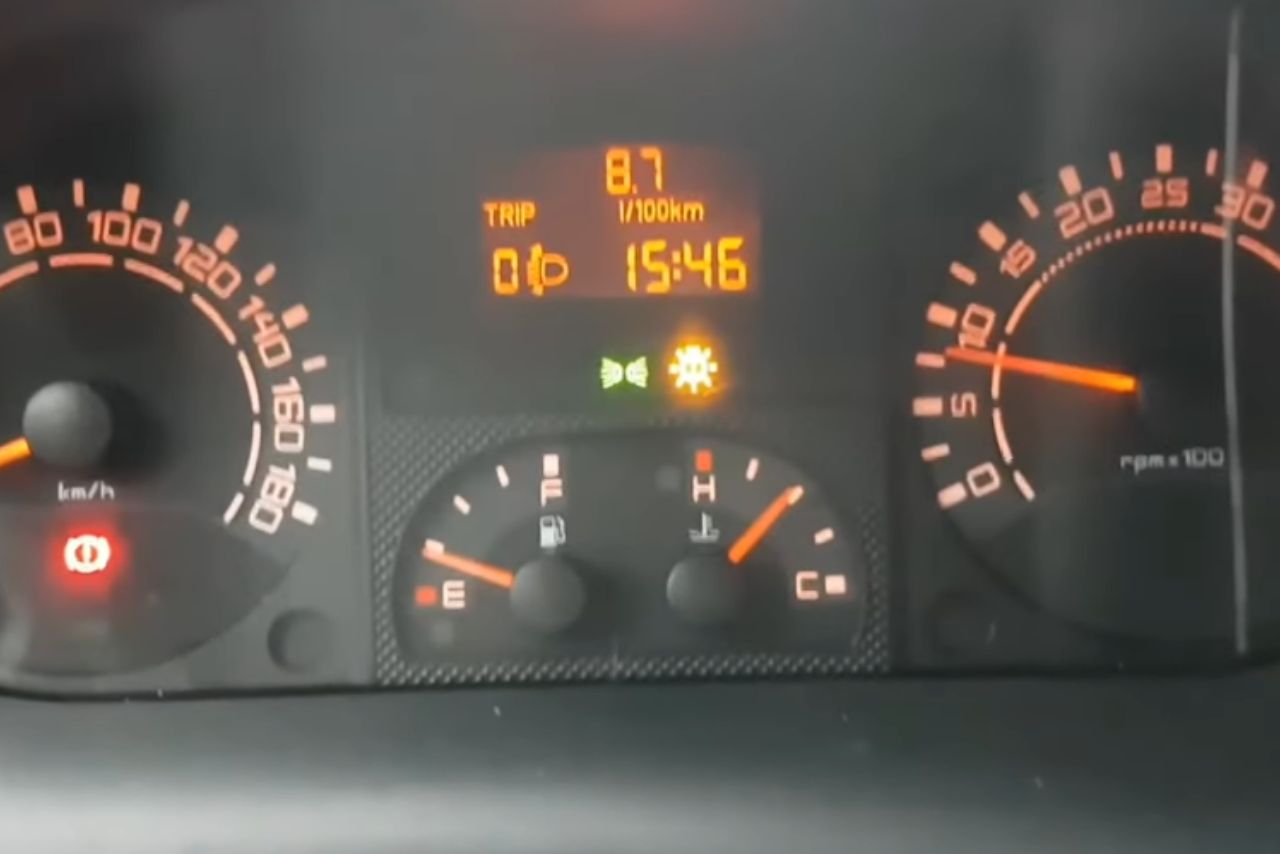
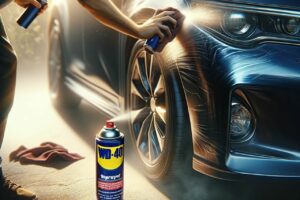
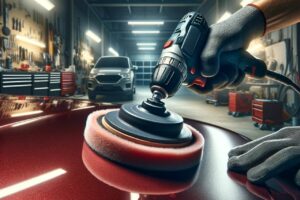
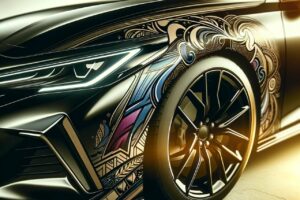
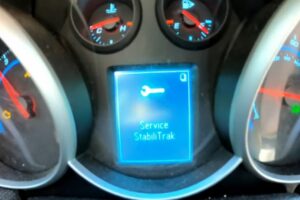
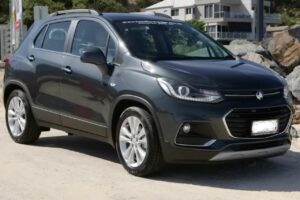
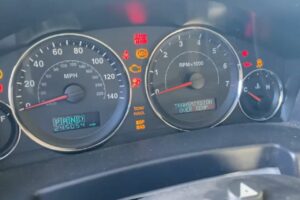



Leave a Reply